Home>Home Appliances>Heating & Cooling>What Are Forced Air Heating Systems
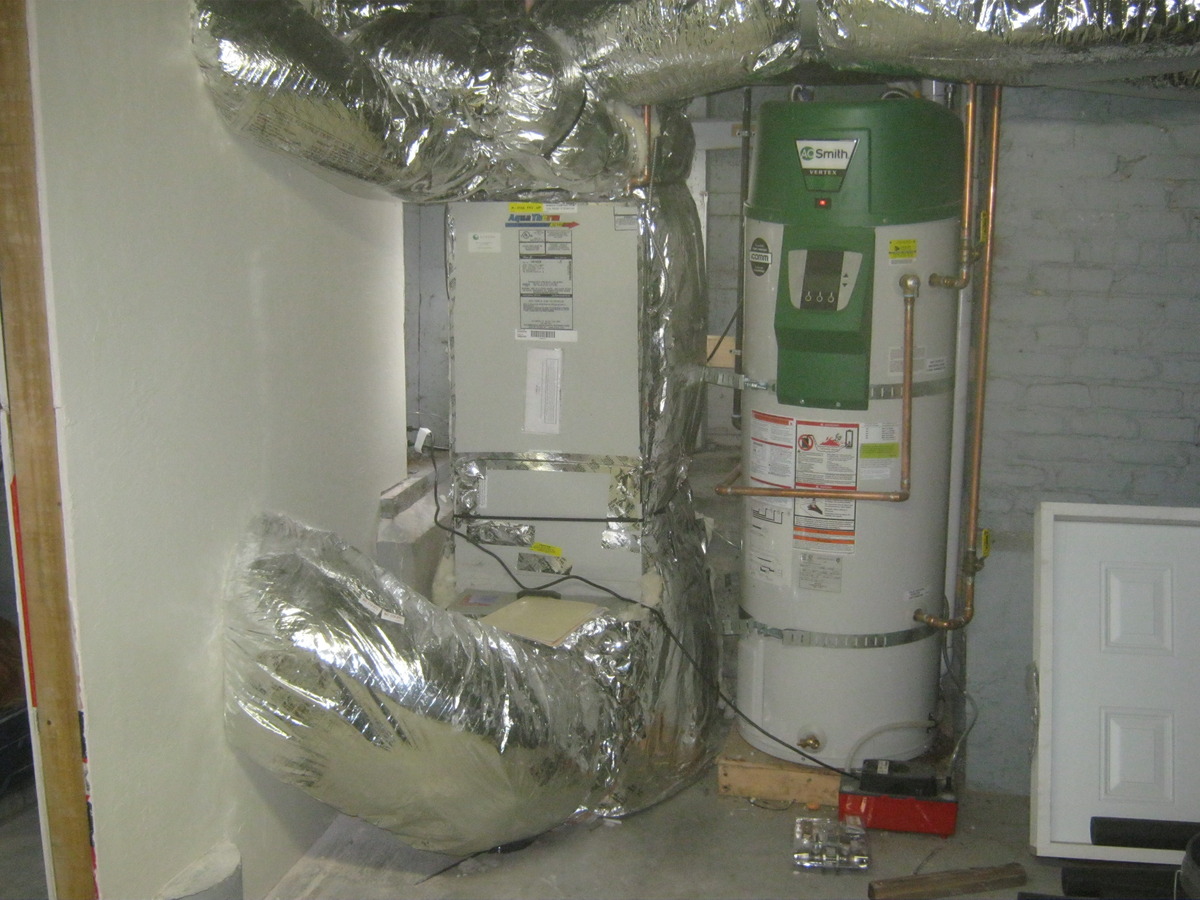

Heating & Cooling
What Are Forced Air Heating Systems
Modified: February 25, 2024
Learn about forced air heating systems and how they can improve your home's heating and cooling efficiency. Find out how these systems work and their benefits. Discover the best options for heating and cooling.
(Many of the links in this article redirect to a specific reviewed product. Your purchase of these products through affiliate links helps to generate commission for Storables.com, at no extra cost. Learn more)
Introduction
Forced air heating systems are a popular and efficient way to keep homes warm and comfortable, especially during the colder months. These systems work by distributing heated air throughout a building via ductwork and vents, providing consistent warmth to every room. Understanding how forced air heating systems function, their components, types, as well as their pros and cons, is essential for homeowners looking to make informed decisions about their heating needs.
In this comprehensive guide, we will delve into the inner workings of forced air heating systems, shedding light on their functionality, components, and maintenance requirements. By the end of this article, you will have a deeper understanding of these systems, enabling you to make informed choices when it comes to heating your home.
Let's embark on a journey to explore the world of forced air heating systems, uncovering the mechanisms that keep us warm and cozy during the chilly seasons.
Key Takeaways:
- Forced air heating systems use furnaces and blower fans to spread warm air throughout buildings, providing consistent warmth. They can also be combined with air conditioning for year-round comfort.
- Maintaining forced air heating systems through regular inspections, filter replacements, and ductwork sealing ensures efficient performance and long-term reliability, keeping homes cozy and energy-efficient.
Read more: What Is An Advantage Of Forced Air Heating?
How Forced Air Heating Systems Work
Forced air heating systems operate on a simple yet effective principle, utilizing a furnace to heat air and a blower to distribute it throughout the building. The process begins with the activation of the thermostat, which signals the furnace to ignite. Once the furnace is operational, it heats the air within its chambers, raising the temperature to the desired level set on the thermostat.
As the air heats up, the blower fan, also known as the air handler, kicks into action. This powerful fan draws the heated air into the ductwork, where it is propelled towards the vents located in various rooms of the building. The strategically placed vents ensure that the warm air is evenly distributed, effectively raising the temperature throughout the space.
The return ducts play a crucial role in this process, as they draw in cooler air from the rooms and circulate it back to the furnace for reheating. This continuous cycle maintains a consistent and comfortable temperature within the building, ensuring that occupants are shielded from the biting cold outside.
One of the key advantages of forced air heating systems is their ability to integrate with air conditioning units, providing both heating and cooling capabilities within a single system. This versatility makes them a popular choice for many homeowners, offering year-round comfort and convenience.
In summary, forced air heating systems work by heating air within a furnace and distributing it throughout a building via ductwork and vents. This process is facilitated by a blower fan, which ensures that the warm air reaches every corner of the space, creating a cozy and inviting environment even in the harshest of winter conditions.
Components of Forced Air Heating Systems
Forced air heating systems comprise several essential components that work in harmony to deliver warmth and comfort to homes and buildings. Understanding these components is crucial for homeowners and HVAC professionals alike, as it provides insight into the inner workings of these systems. Let's explore the key components that make up forced air heating systems:
-
Furnace: At the heart of a forced air heating system lies the furnace, which serves as the primary source of heat. Furnaces can be powered by various energy sources, including natural gas, propane, oil, or electricity. Within the furnace, the heat exchanger plays a critical role in transferring heat to the air that will be distributed throughout the building.
-
Thermostat: The thermostat acts as the control center for the forced air heating system, allowing users to set and regulate the desired temperature. Modern thermostats often feature programmable settings, enabling users to schedule temperature adjustments based on their daily routines.
-
Ductwork: A network of ducts serves as the pathways through which heated air travels from the furnace to the vents in different rooms. Properly designed and insulated ductwork is essential for efficient heat distribution and energy conservation.
-
Vents and Registers: These components are strategically positioned throughout the building to release heated air into the living spaces. Vents can be opened or closed to control the airflow, allowing for customized temperature management in individual rooms.
-
Air Filter: The air filter plays a crucial role in maintaining indoor air quality by capturing dust, debris, and other airborne particles as the air circulates through the system. Regular filter replacement is essential to ensure efficient system operation and clean air distribution.
-
Blower Fan (Air Handler): The blower fan, housed within the air handler, is responsible for circulating the heated air from the furnace through the ductwork and into the living areas. This component ensures even distribution of warmth throughout the building.
-
Return Air Ducts: These ducts facilitate the circulation of cooler air from the living spaces back to the furnace for reheating. By continuously cycling the air, the system maintains a consistent temperature and maximizes energy efficiency.
Understanding the functions and interactions of these components is essential for homeowners and HVAC professionals when it comes to installation, maintenance, and troubleshooting of forced air heating systems. Each component plays a vital role in ensuring the effective and reliable operation of the system, contributing to a comfortable indoor environment during the colder months.
Types of Forced Air Heating Systems
Forced air heating systems come in various types, each offering unique features and benefits to suit different heating needs. Understanding the different types of forced air heating systems is essential for homeowners seeking to make informed decisions about their heating solutions. Let's explore some common types of forced air heating systems:
-
Gas Furnaces: Gas furnaces are a popular choice for forced air heating systems, utilizing natural gas as the primary fuel source. These systems are known for their efficiency and cost-effectiveness, providing reliable warmth while keeping energy bills in check. Gas furnaces are available in different efficiency ratings, allowing homeowners to choose models that align with their energy-saving goals.
-
Electric Furnaces: Electric forced air heating systems rely on electricity to generate heat, making them a viable option for areas where natural gas may not be readily available. While electric furnaces tend to have higher operating costs compared to gas-powered counterparts, they offer simplicity and ease of installation, making them a practical choice for certain residential and commercial settings.
-
Heat Pumps: Heat pump systems offer both heating and cooling capabilities, making them versatile solutions for year-round comfort. These systems work by transferring heat between the indoors and outdoors, providing efficient heating during the winter and effective cooling during the summer. With advancements in technology, modern heat pumps boast impressive energy efficiency and environmental sustainability, making them an attractive option for eco-conscious homeowners.
-
Hybrid Heating Systems: Hybrid heating systems combine the benefits of a heat pump with a gas furnace, offering a dual-fuel approach to heating. These systems automatically switch between the heat pump and the furnace based on outdoor temperatures, optimizing energy usage and cost savings. By leveraging the strengths of both heating technologies, hybrid systems provide efficient and adaptable heating solutions for varying climate conditions.
-
Multi-Zone Heating Systems: Multi-zone forced air heating systems allow for customized temperature control in different areas of a building. By dividing the space into distinct zones with individual thermostats and dampers, these systems enable precise heating adjustments based on specific comfort preferences and occupancy patterns. This zoning capability enhances energy efficiency and personalized comfort, making it an appealing option for larger homes and commercial properties.
Understanding the characteristics and benefits of these different types of forced air heating systems empowers homeowners to select the most suitable option for their specific heating requirements. Whether prioritizing energy efficiency, versatility, or customized comfort, there is a forced air heating system type to meet diverse needs and preferences.
In summary, the diverse range of forced air heating system types offers homeowners the flexibility to choose solutions that align with their heating priorities, budget considerations, and environmental concerns. By evaluating the features and advantages of each type, individuals can make well-informed decisions when it comes to selecting the ideal forced air heating system for their homes or commercial spaces.
Pros and Cons of Forced Air Heating Systems
Forced air heating systems offer a range of advantages and drawbacks, influencing homeowners' decisions when selecting a heating solution for their properties. Understanding the pros and cons of these systems is crucial for making informed choices that align with specific heating needs and preferences.
Read more: What Is Oil Forced Air Heating?
Pros
-
Efficient Heating: Forced air systems excel in efficiently distributing heated air throughout a building, ensuring consistent warmth in every room. This widespread heat distribution minimizes cold spots and provides a comfortable indoor environment.
-
Versatility: These systems can be seamlessly integrated with air conditioning units, offering both heating and cooling capabilities within a single system. This versatility provides year-round comfort and convenience, eliminating the need for separate heating and cooling systems.
-
Quick Heating: Forced air systems can rapidly raise the indoor temperature, making them ideal for quickly warming up living spaces during cold weather. This swift heating capability is particularly beneficial for maintaining comfort upon returning home or during unexpected temperature drops.
-
Zoning Options: Multi-zone forced air heating systems allow for customized temperature control in different areas of a building. By dividing the space into distinct zones with individual thermostats and dampers, homeowners can tailor heating adjustments based on specific comfort preferences and occupancy patterns.
-
Air Filtration: These systems incorporate air filters that capture dust, debris, and other airborne particles as the air circulates. This feature contributes to maintaining indoor air quality, benefiting occupants with respiratory sensitivities and allergies.
Cons
-
Air Quality Concerns: While forced air systems include air filters, they can also circulate dust, allergens, and other airborne particles if the filters are not regularly maintained. This can potentially impact indoor air quality, requiring diligent filter replacement and system maintenance.
-
Noise Levels: The operation of the blower fan in forced air systems can generate noticeable noise, which may be a concern for individuals seeking a quieter indoor environment. Proper system maintenance and selecting quieter fan models can help mitigate this issue.
-
Ductwork Maintenance: The ductwork in forced air systems requires regular inspection and maintenance to ensure optimal performance. Leaks, blockages, or inadequate insulation in the ducts can compromise heating efficiency and indoor comfort, necessitating proactive upkeep.
-
Initial Installation Costs: The installation of forced air heating systems, especially those with zoning capabilities or advanced features, may involve higher upfront costs compared to other heating solutions. However, the long-term energy savings and comfort benefits can offset the initial investment over time.
-
Energy Efficiency Variability: The energy efficiency of forced air systems can vary based on factors such as the type of furnace, ductwork design, and overall system configuration. Proper installation, insulation, and regular maintenance are essential for maximizing energy efficiency and minimizing heat loss.
In summary, forced air heating systems offer efficient and versatile heating solutions, complemented by zoning options and air filtration capabilities. However, considerations regarding air quality, noise levels, ductwork maintenance, initial installation costs, and energy efficiency variability should be weighed when evaluating these systems for residential or commercial heating needs. By carefully assessing the pros and cons, homeowners can make well-informed decisions to ensure optimal comfort and efficiency in their living spaces.
Maintenance and Care for Forced Air Heating Systems
Proper maintenance and care are essential for ensuring the optimal performance, longevity, and safety of forced air heating systems. By implementing regular maintenance practices and attentive care, homeowners can uphold the efficiency of their heating systems while minimizing the risk of malfunctions and costly repairs. Let's delve into the key aspects of maintenance and care for forced air heating systems:
1. Scheduled Inspections and Tune-Ups
Regular inspections and tune-ups by qualified HVAC professionals are vital for identifying and addressing potential issues before they escalate. Professional technicians can conduct comprehensive assessments of the furnace, blower fan, ductwork, and other system components, ensuring that everything is in optimal working condition. Additionally, tune-ups involve cleaning components, lubricating moving parts, and calibrating the system for efficient operation.
2. Air Filter Maintenance
The air filter in a forced air heating system plays a crucial role in maintaining indoor air quality and protecting system components from debris buildup. Homeowners should adhere to a regular filter replacement schedule, typically every 1 to 3 months, depending on usage and air quality factors. Clean filters promote efficient airflow and prevent contaminants from circulating within the building.
3. Ductwork Inspection and Sealing
Periodic inspection of the ductwork is essential for identifying leaks, blockages, or inadequate insulation that can compromise heating efficiency. Sealing any leaks and ensuring proper insulation minimizes heat loss and maintains consistent airflow, contributing to energy savings and indoor comfort.
4. Thermostat Calibration
Calibrating the thermostat ensures accurate temperature readings and precise control over the heating system. Homeowners can consult HVAC professionals to verify the thermostat's accuracy and make any necessary adjustments to optimize its performance.
5. Safety Checks
Safety should always be a priority when it comes to heating systems. Regular safety checks, including inspecting gas lines (for gas-powered systems), carbon monoxide testing, and ensuring proper ventilation, are essential for safeguarding occupants and the property from potential hazards.
Read more: What Is Meant By Forced Air Heating
6. Professional System Cleaning
Professional cleaning of the furnace, blower fan, and other internal components helps remove accumulated dust, debris, and contaminants. This not only enhances system efficiency but also contributes to improved indoor air quality and reduces the risk of component malfunctions.
7. Energy Efficiency Enhancements
Exploring energy-efficient upgrades, such as programmable thermostats, zoning systems, and advanced air filtration options, can further optimize the performance and energy efficiency of forced air heating systems. These enhancements offer long-term benefits in terms of comfort, cost savings, and environmental impact.
By prioritizing regular maintenance and attentive care for forced air heating systems, homeowners can enjoy reliable warmth, energy efficiency, and peace of mind throughout the heating season. Proactive maintenance not only extends the lifespan of the system but also contributes to a comfortable and healthy indoor environment for occupants.
Conclusion
In conclusion, forced air heating systems stand as versatile and efficient solutions for maintaining comfortable indoor environments, especially during the colder months. These systems, powered by furnaces and propelled by blower fans, excel in swiftly distributing heated air throughout buildings, ensuring consistent warmth in every room. The integration of air conditioning capabilities further enhances their appeal, providing year-round comfort and convenience to homeowners.
Understanding the components and inner workings of forced air heating systems is crucial for homeowners and HVAC professionals. From the furnace and thermostat to the ductwork, vents, and air filters, each component plays a vital role in ensuring the effective and reliable operation of the system. Additionally, the diverse range of forced air heating system types, including gas furnaces, electric furnaces, heat pumps, hybrid systems, and multi-zone systems, offers homeowners the flexibility to choose solutions that align with their heating priorities, budget considerations, and environmental concerns.
While forced air heating systems offer efficient heating, versatility, and zoning options, it's important to consider factors such as air quality concerns, noise levels, ductwork maintenance, initial installation costs, and energy efficiency variability. By carefully weighing the pros and cons, homeowners can make well-informed decisions to ensure optimal comfort and efficiency in their living spaces.
Proper maintenance and care are essential for upholding the efficiency, longevity, and safety of forced air heating systems. Regular inspections, air filter maintenance, ductwork inspection and sealing, thermostat calibration, safety checks, professional system cleaning, and energy efficiency enhancements collectively contribute to reliable warmth, energy efficiency, and peace of mind throughout the heating season.
In essence, forced air heating systems continue to be a popular choice for homeowners seeking effective and versatile heating solutions. By understanding their functionality, components, types, and maintenance requirements, individuals can make informed decisions when it comes to selecting, operating, and maintaining these systems, ensuring comfort and warmth in their homes and buildings.
Frequently Asked Questions about What Are Forced Air Heating Systems
Was this page helpful?
At Storables.com, we guarantee accurate and reliable information. Our content, validated by Expert Board Contributors, is crafted following stringent Editorial Policies. We're committed to providing you with well-researched, expert-backed insights for all your informational needs.
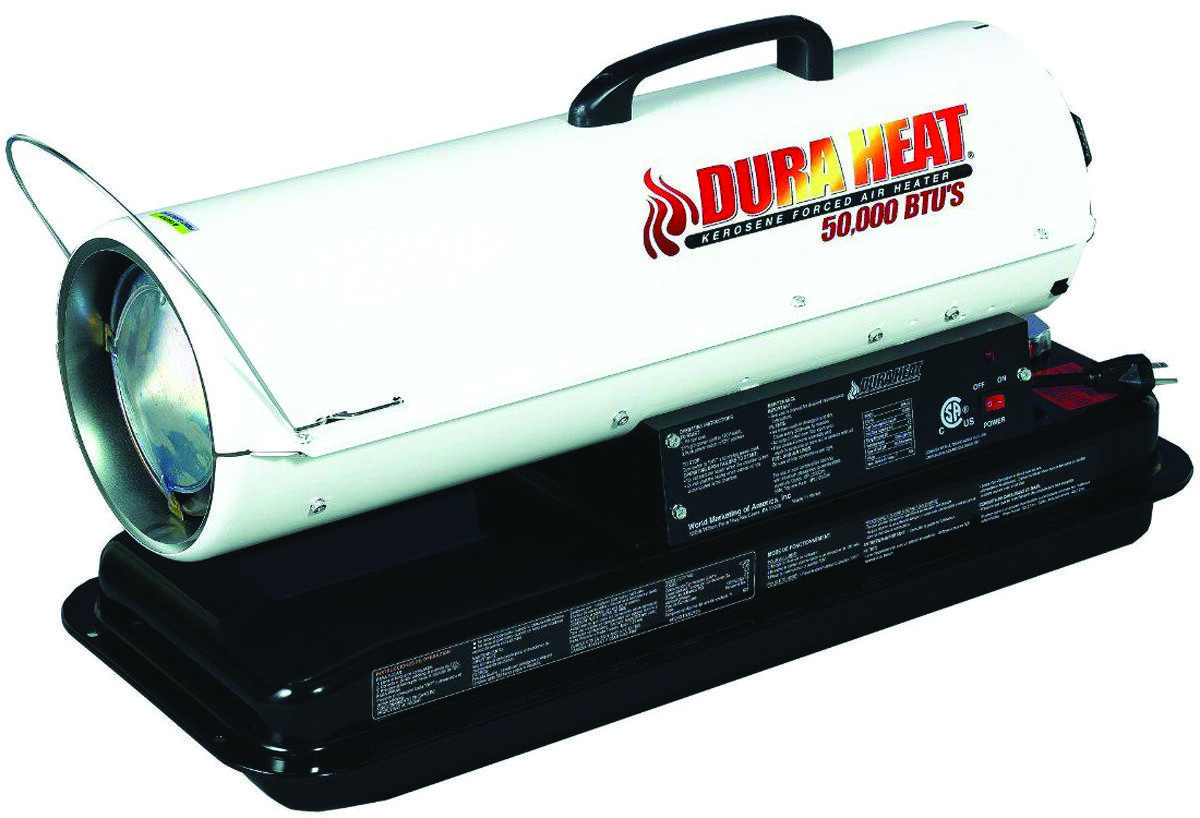
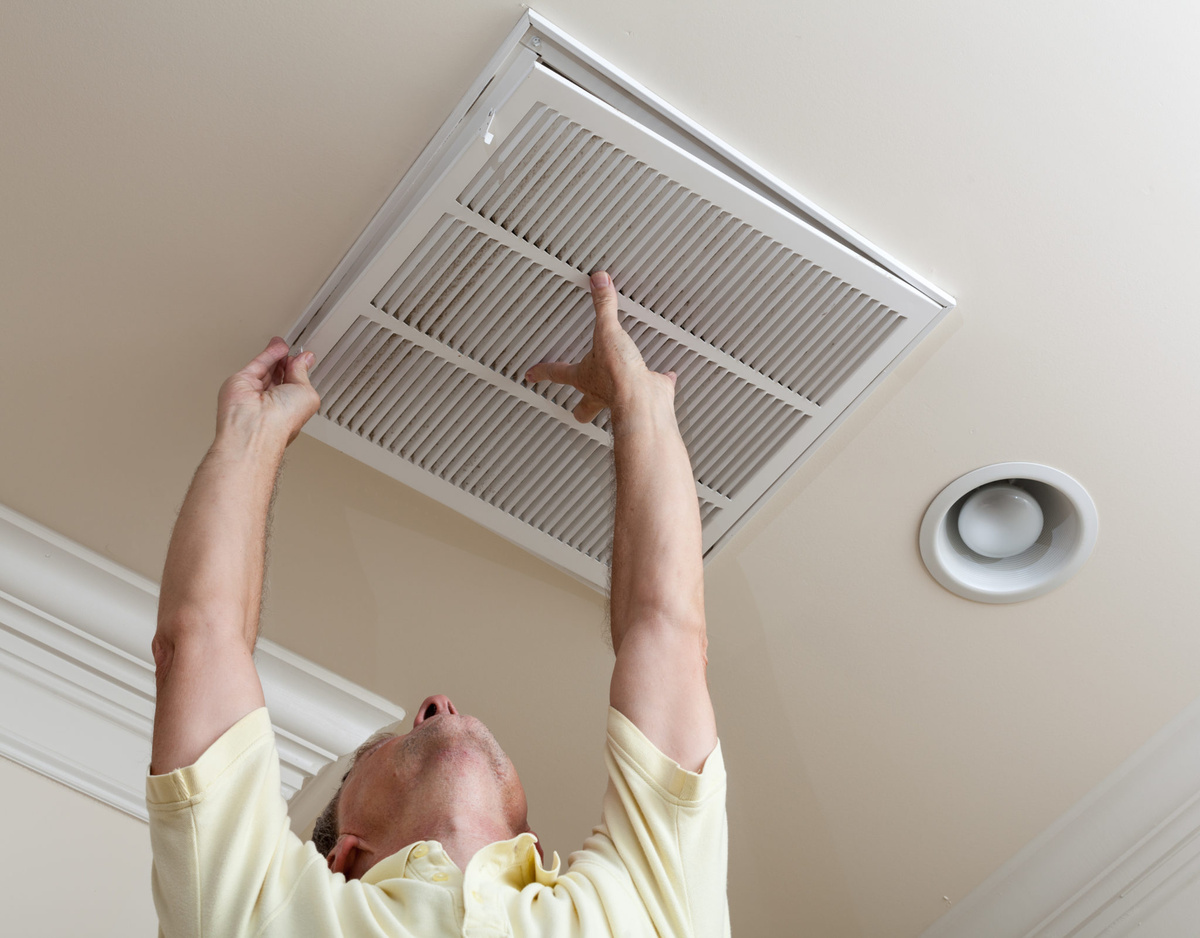
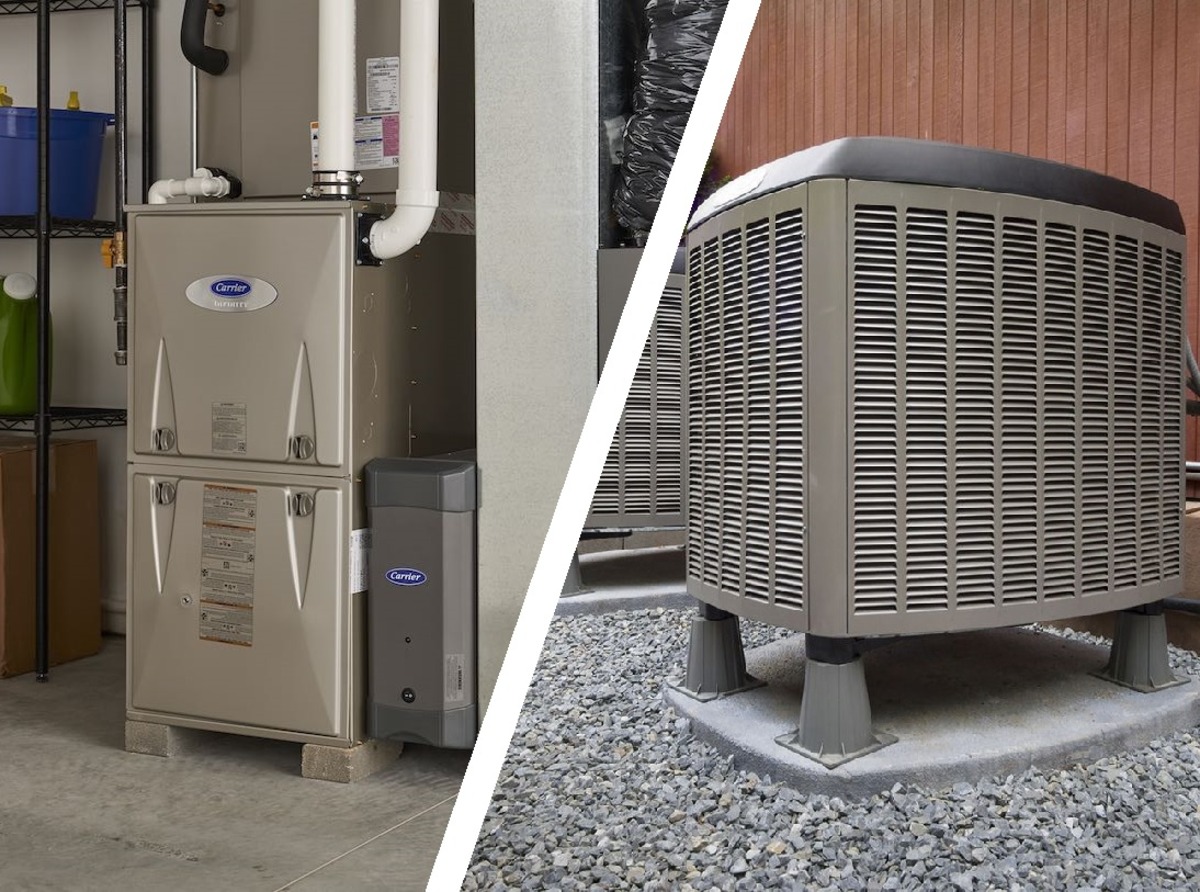
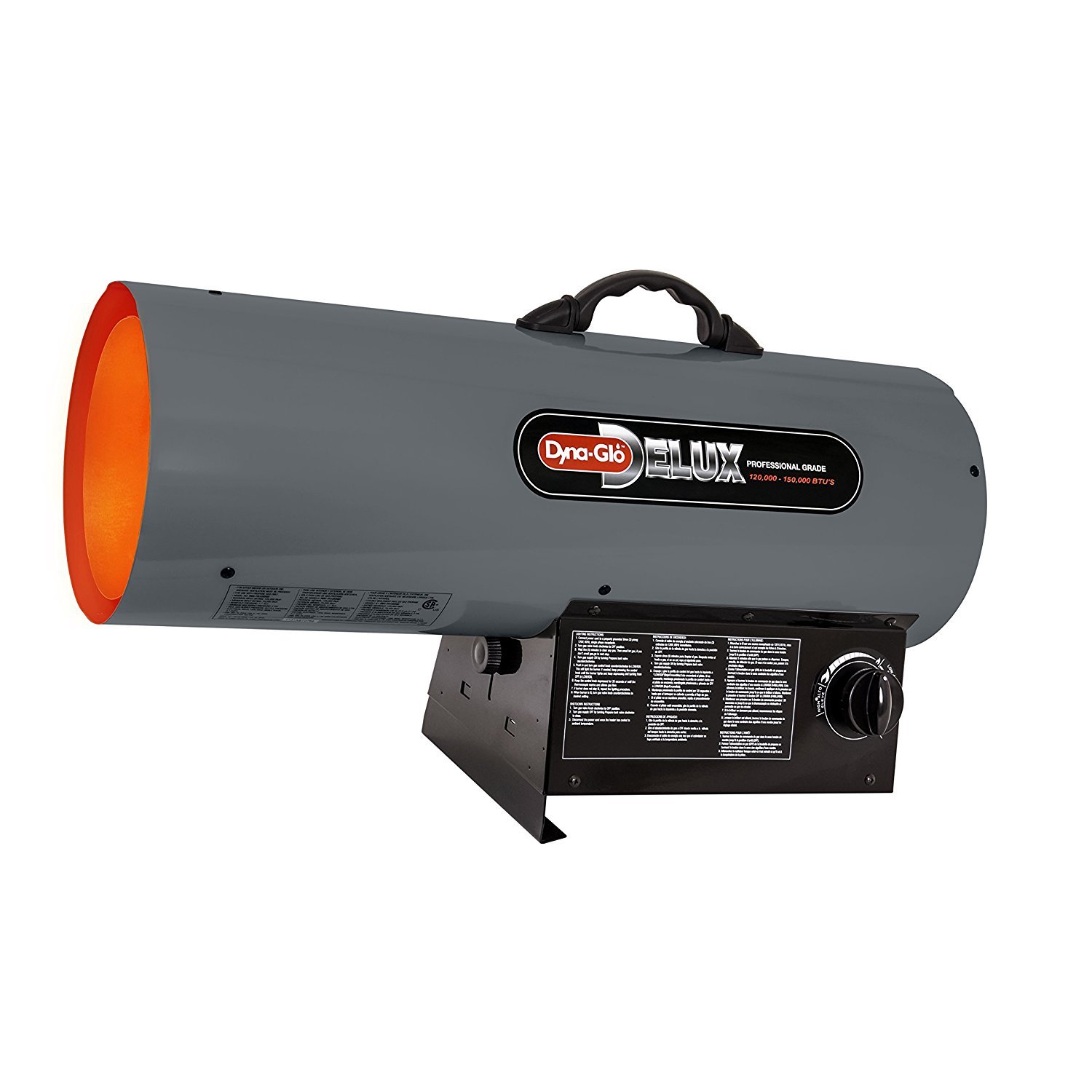
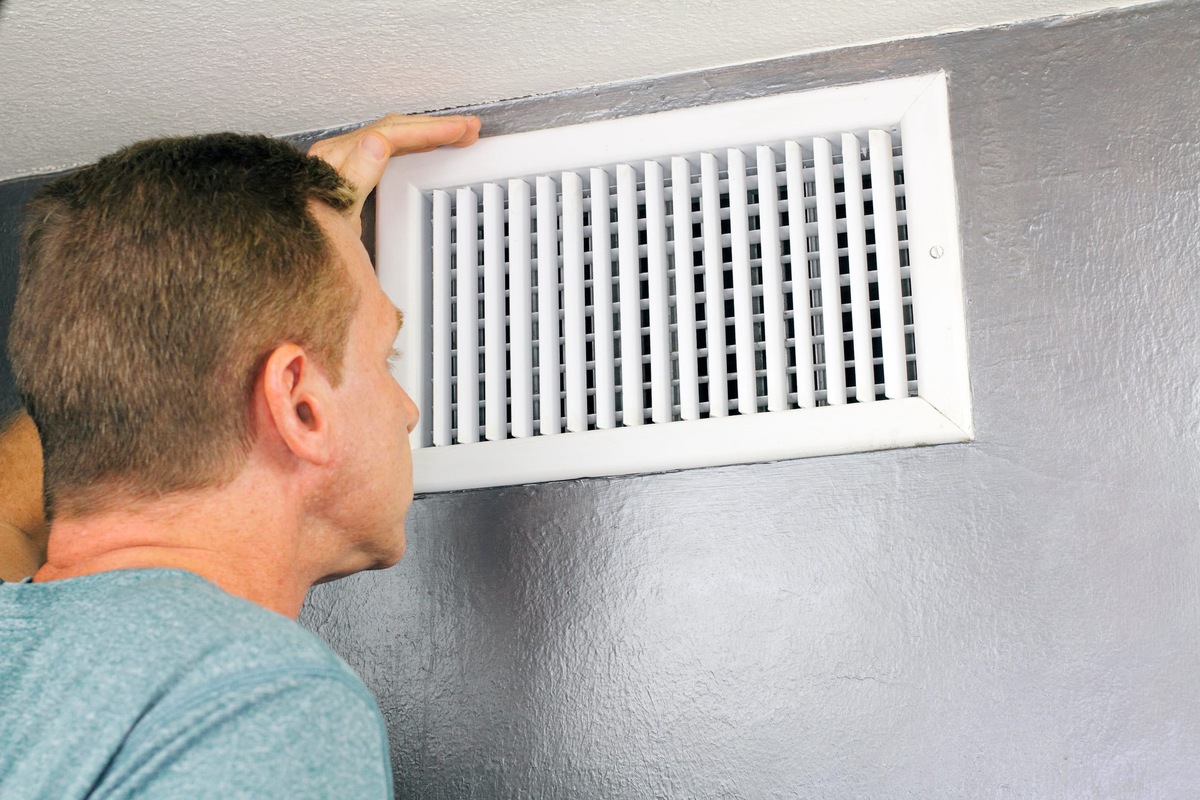
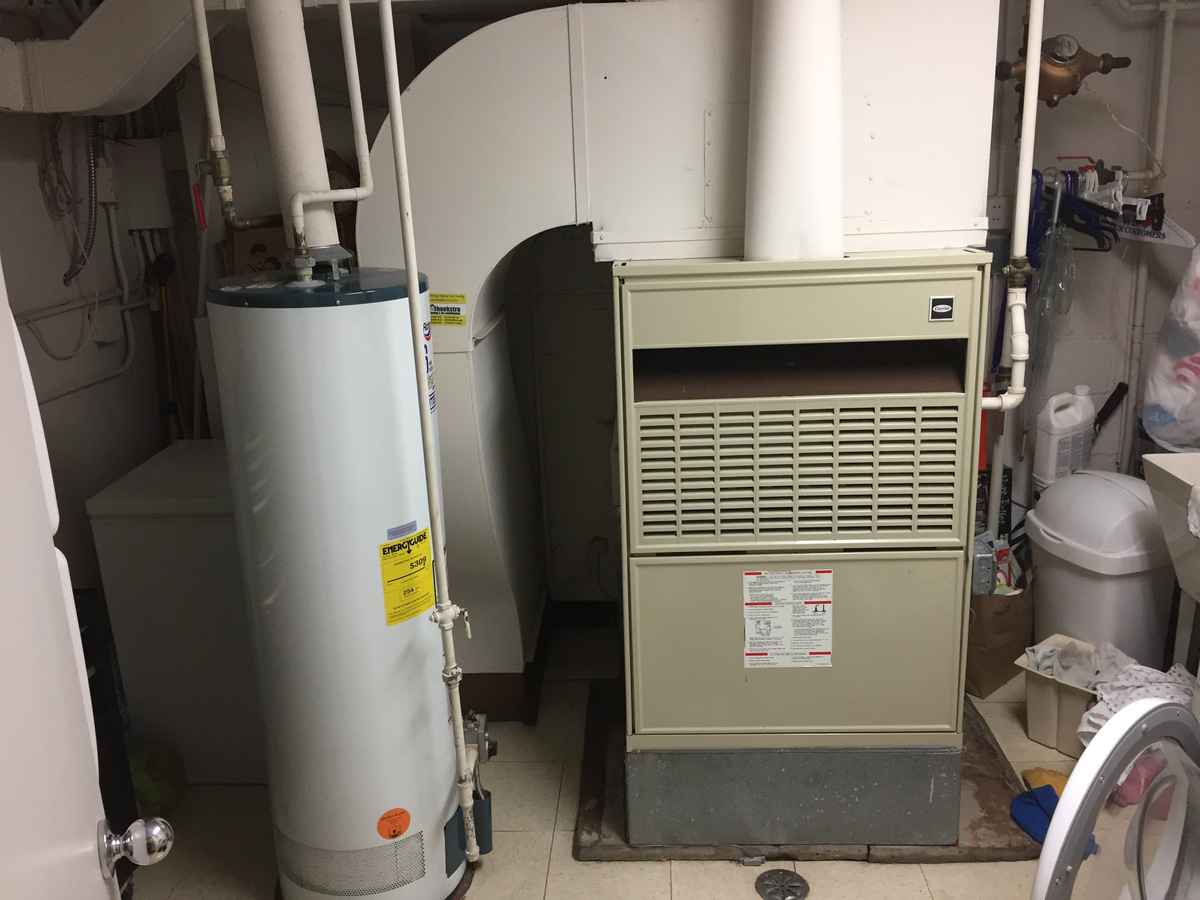
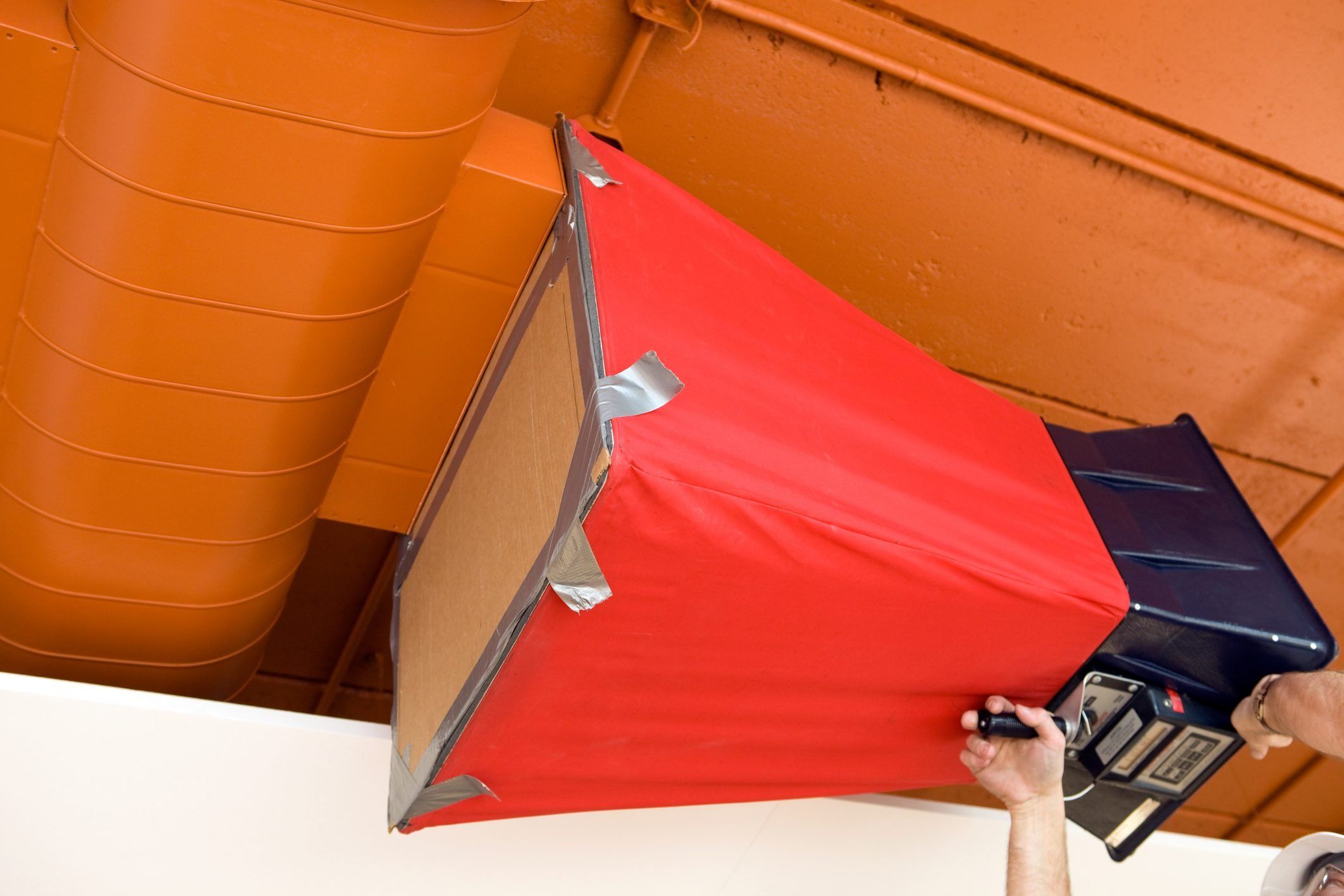
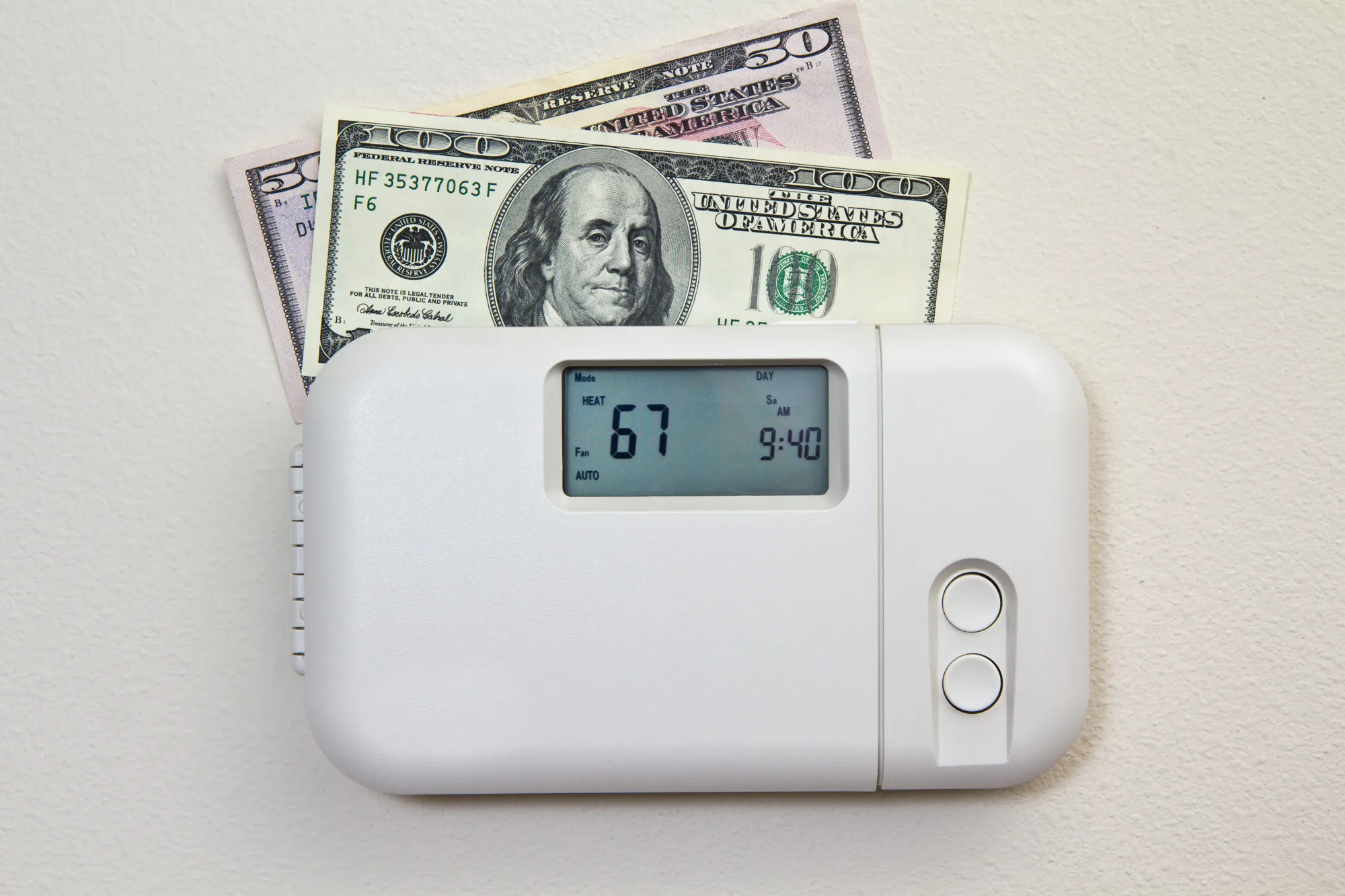
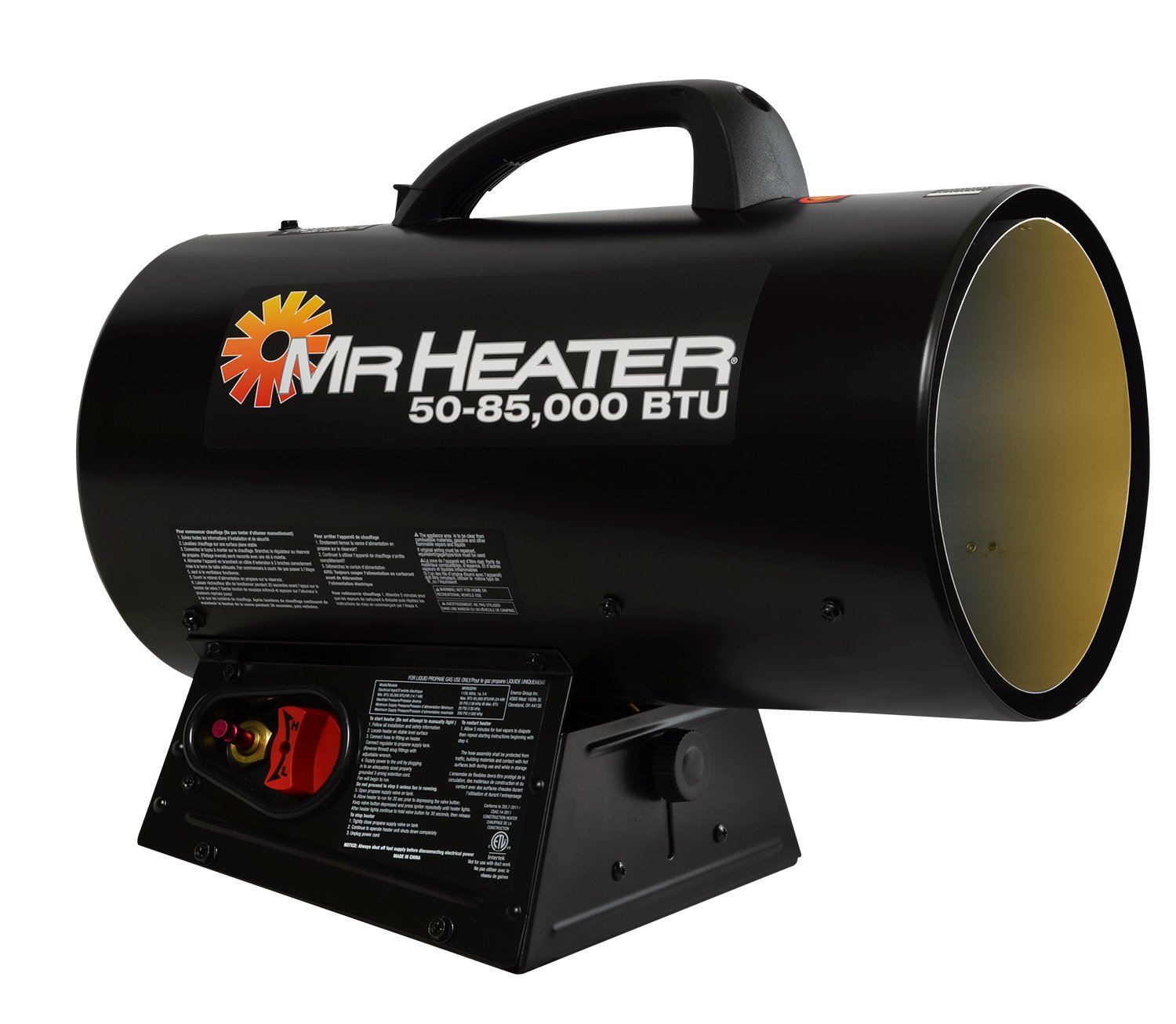
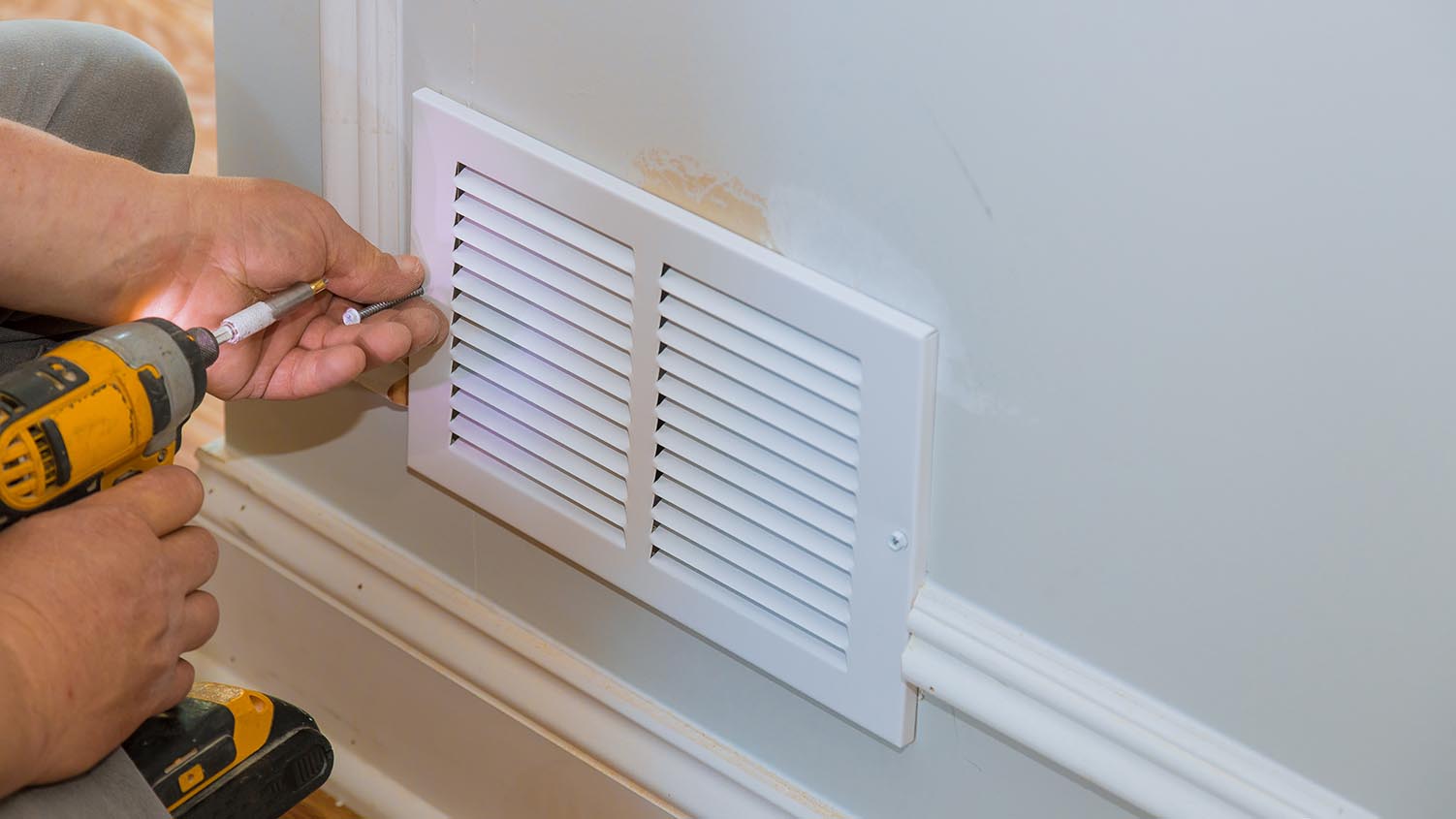
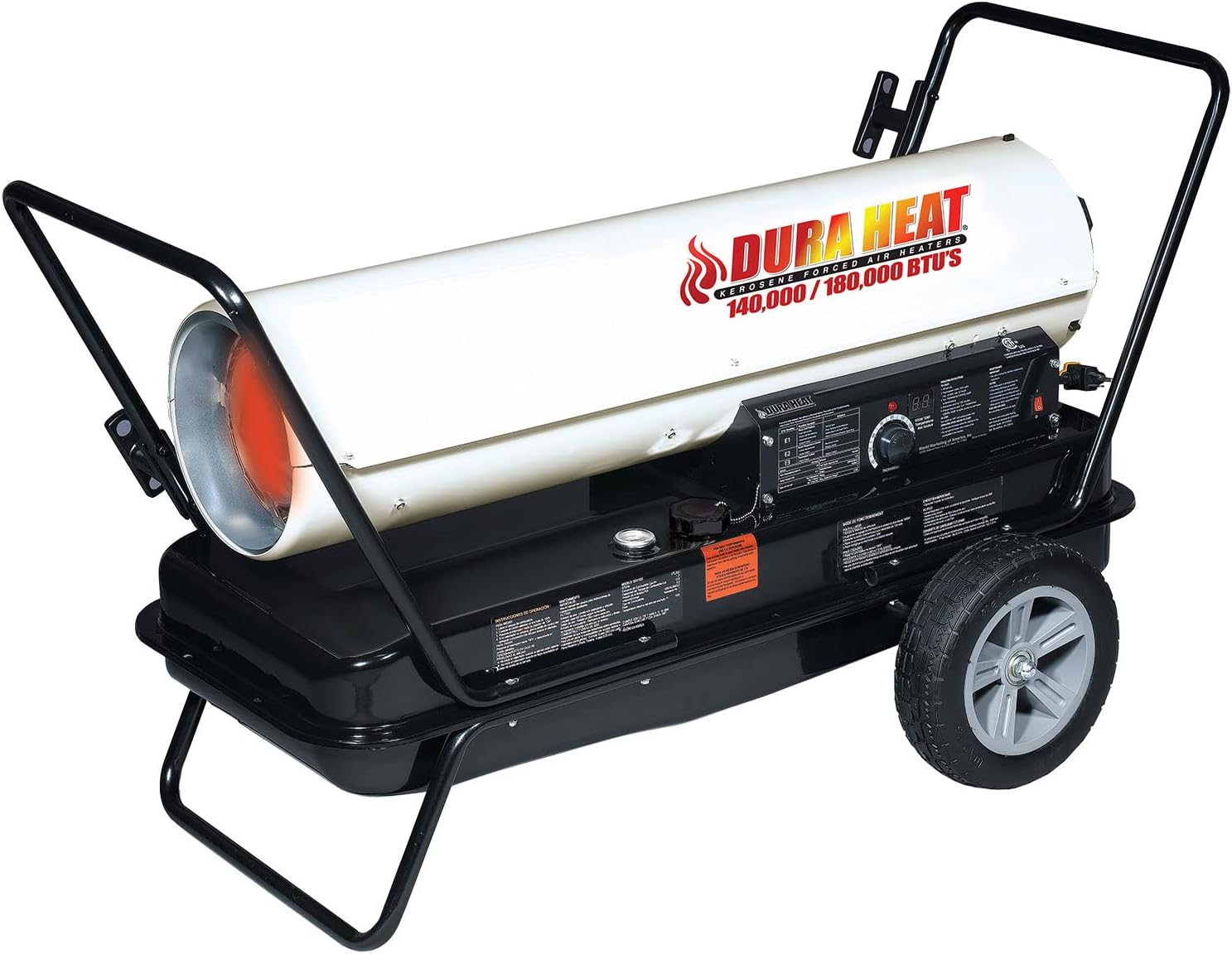
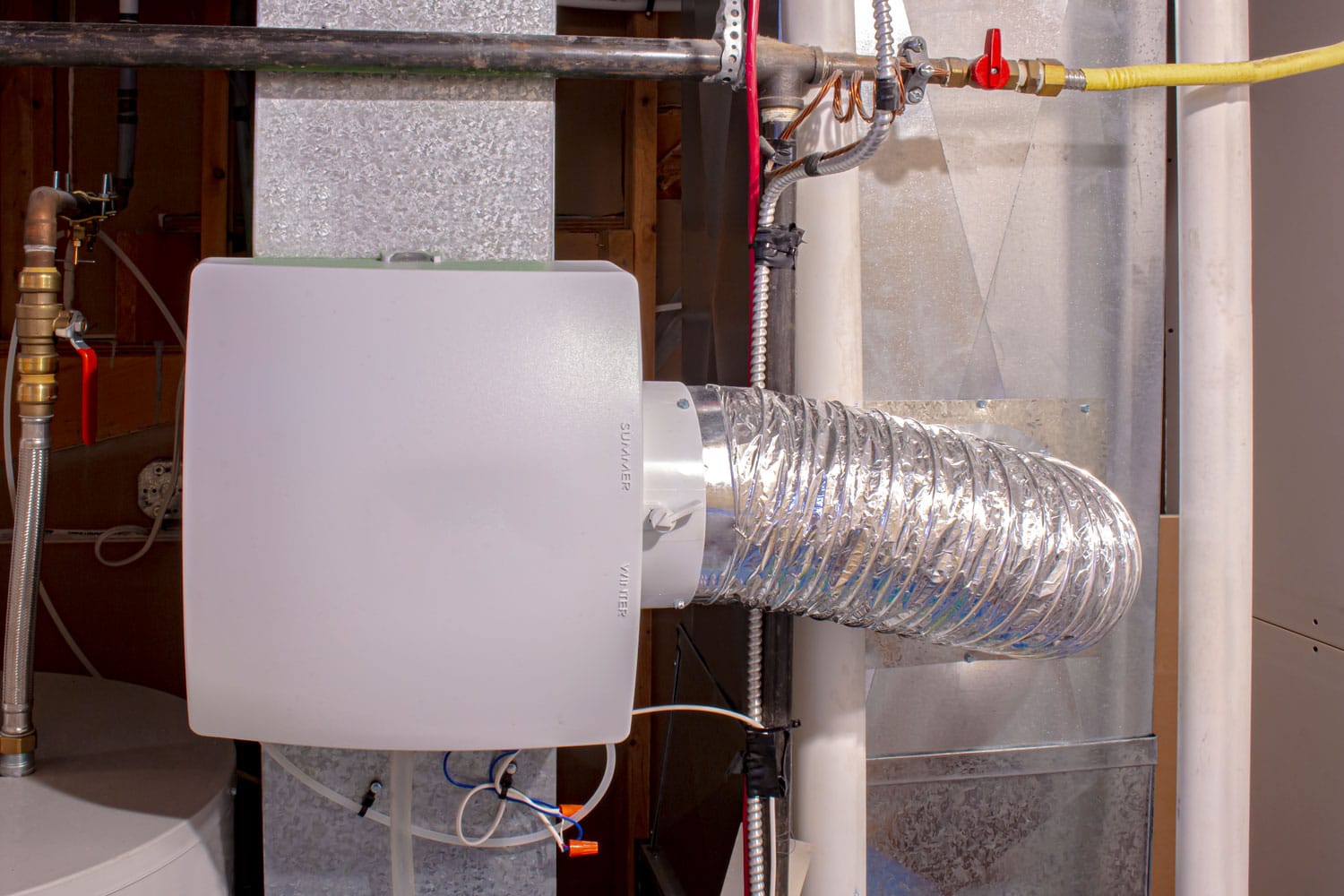

0 thoughts on “What Are Forced Air Heating Systems”